Jiesi Xing
Advisor: Eduard Epp
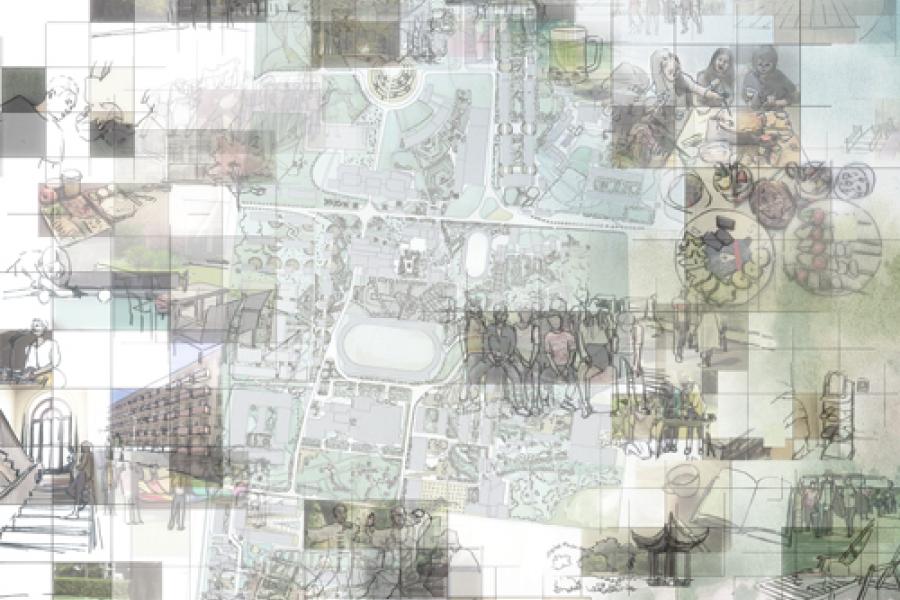
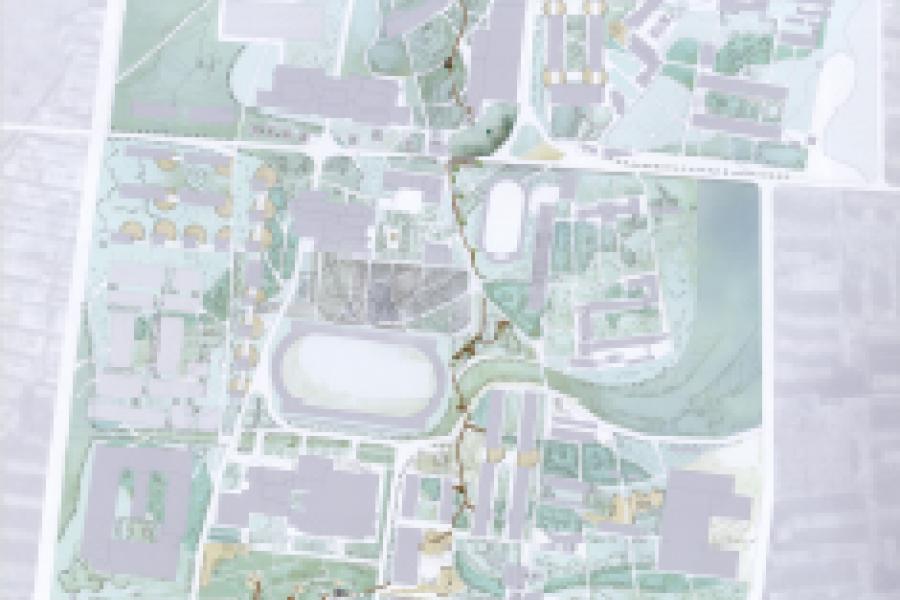
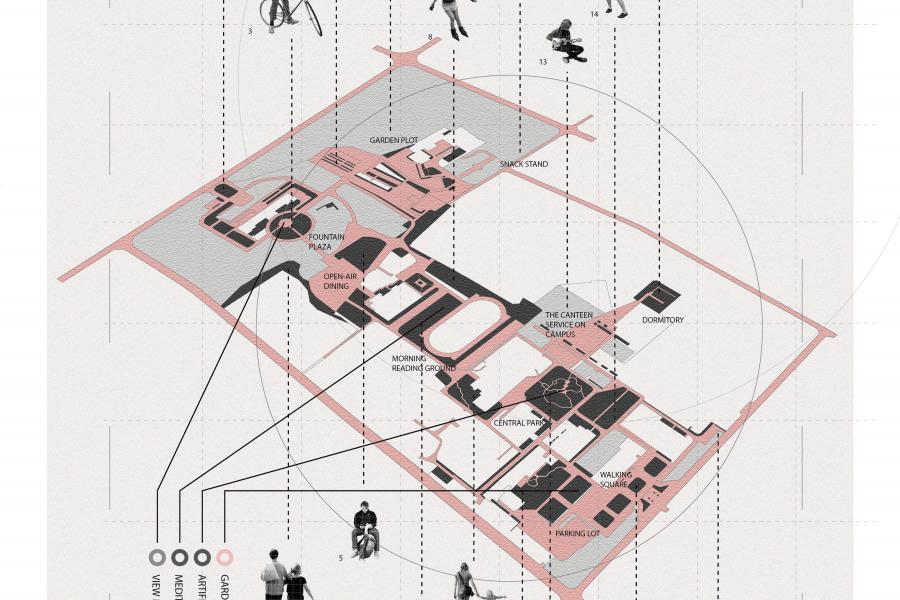
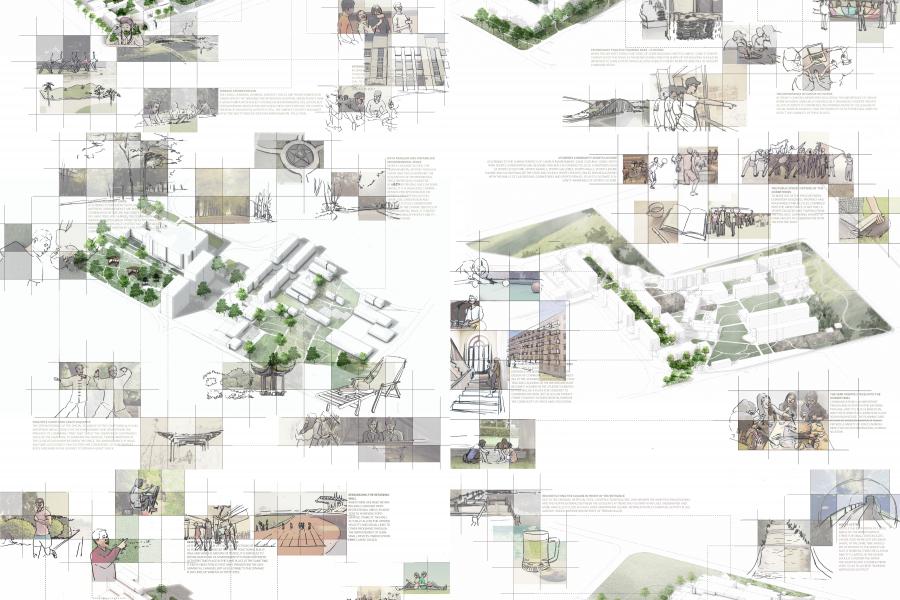
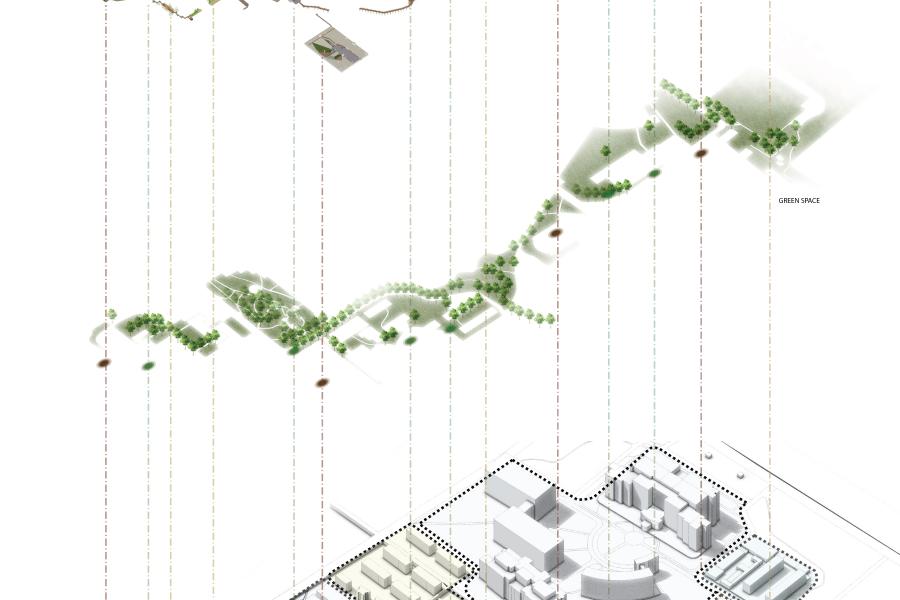
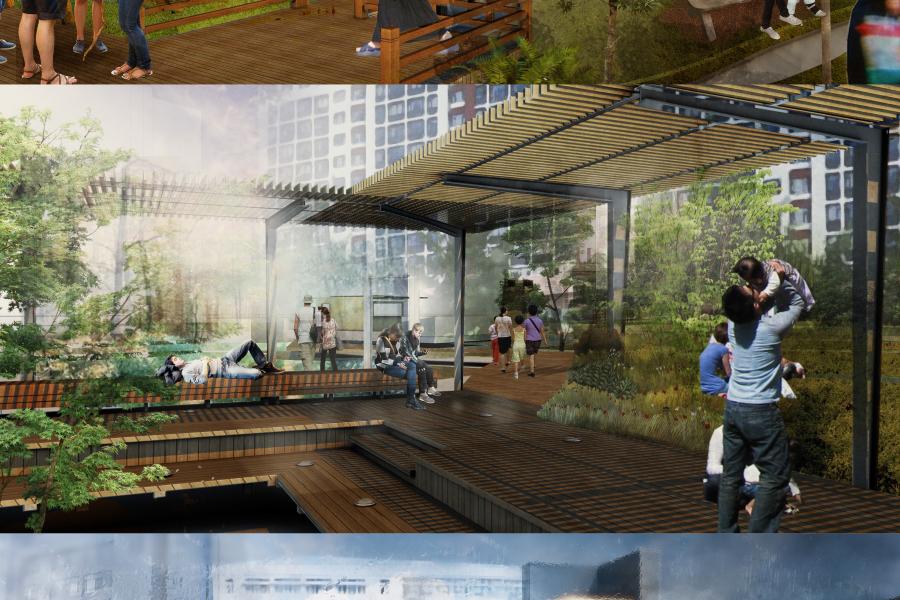
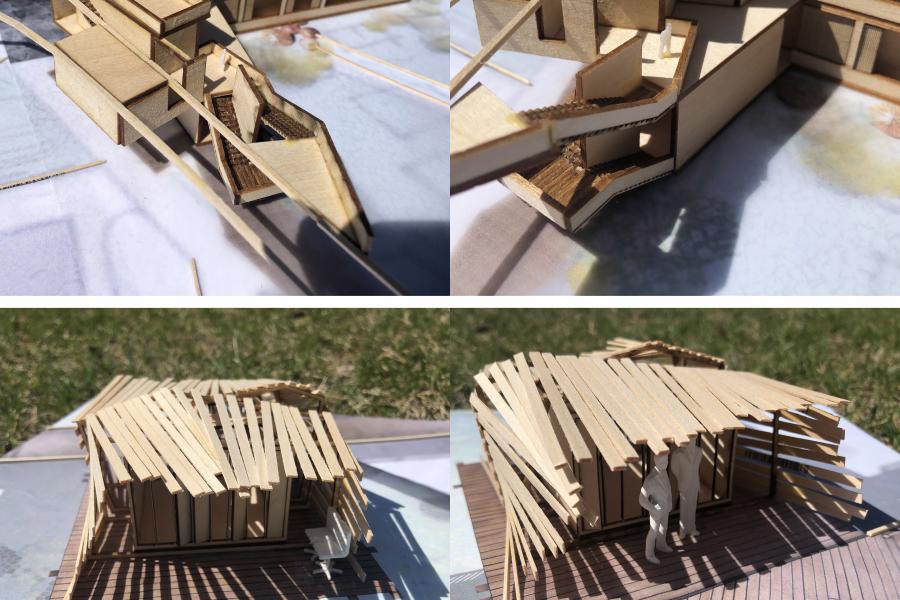
The Social Ecologies of University Space at Liaoning University of Technology, Jinzhou, China
This design thesis explores a human-oriented approach and positive ‘architectural patterns’, that can enrich students’ lives and well-being, and improve their learning environment. I intend to examine an existing campus namely, Liaoning University of Technology, located in Jinzhou, Liaoning, China. My goal is to develop a campus design strategy for future growth through a series of programmatic, spatial and formal inventions. Of particular interest is the idea of the ‘landform architecture’ as a means to restore the balance between architecture, environment and people.
The research will include an analysis of the existing campus including its ‘social’ and ‘geographical situation’ (physically, culturally, socially and temporally). The idea of creating a setting for students to engage socially within a positive learning environment can contribute to an enriched education. Abraham Maslow’s ‘hierarchy of needs’ (1943) will provide an understanding of individual and collective needs of students and faculty alike, to promote psychological well-being. A series of visual and spatial analysis of the buildings, landscapes and interior spaces of the campus, with special attention to temporal conditions (seasons, light, climatic) will also inform the architectural ideas central to this Design Thesis. For example, building structures could be ‘adaptive’ and be integrated in such a manner as though to disappear into the landscape or the atmosphere.
Liaoning University of Technology is typical of the construction of university campuses in China, characterized by the large-scale and rapid implementation, lacking both programmatic and architectural diversity. The question then arises how a campus can support a greater variety of buildings and further expansion. The idea of a ‘constantly expanding’ campus invites the opportunity for architectural speculation at a range of scales. In this project, these will occur as interventions at a small scale, combining those interventions into a community, to insert into the large-scale campus: to function like magnets; to activate living and learning conditions; and to bring vitality to the campus.
Over time, the interventions will become an integral part of the university’s educational program and its physical and architectural constitution by offering a ‘transition into social life’.
